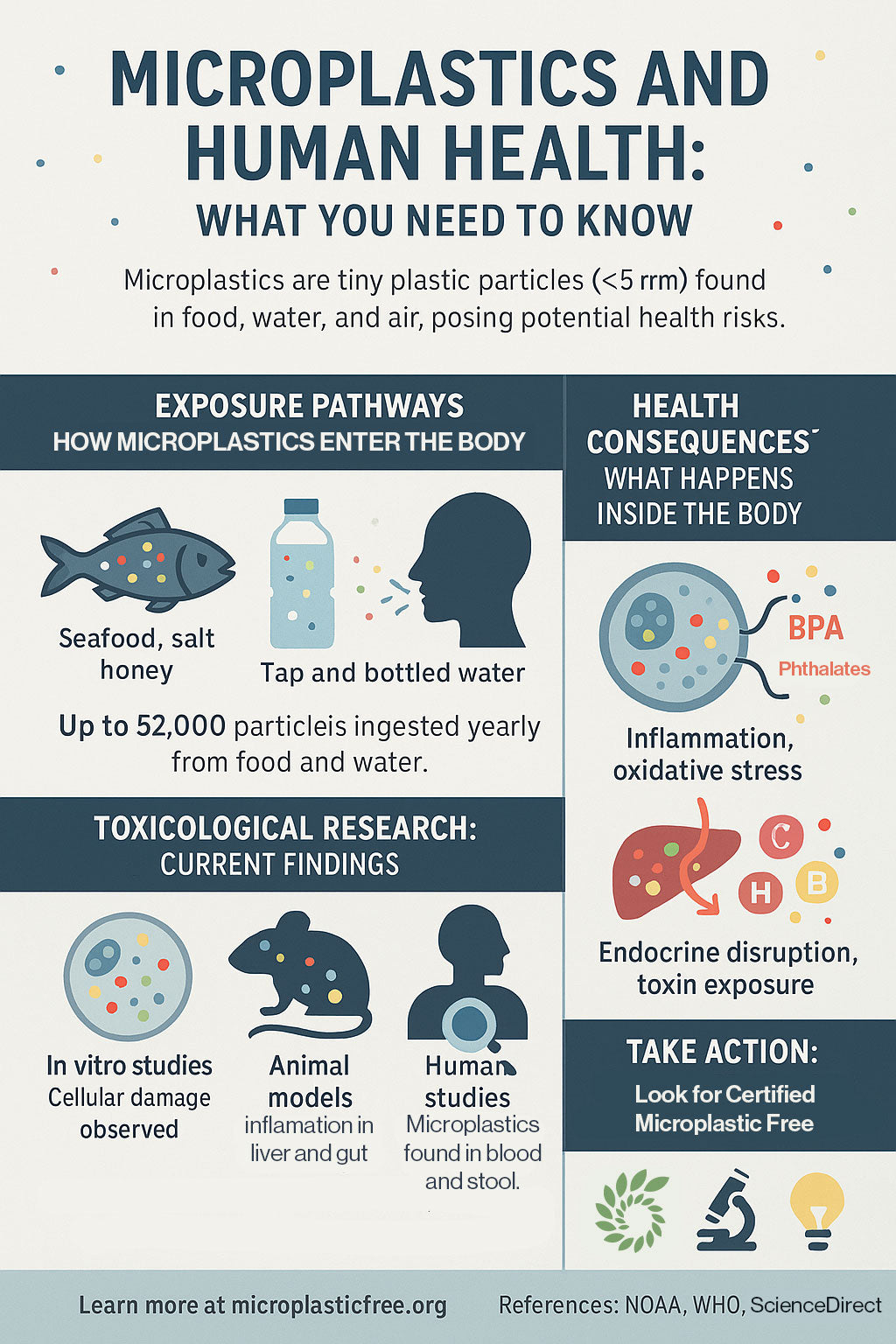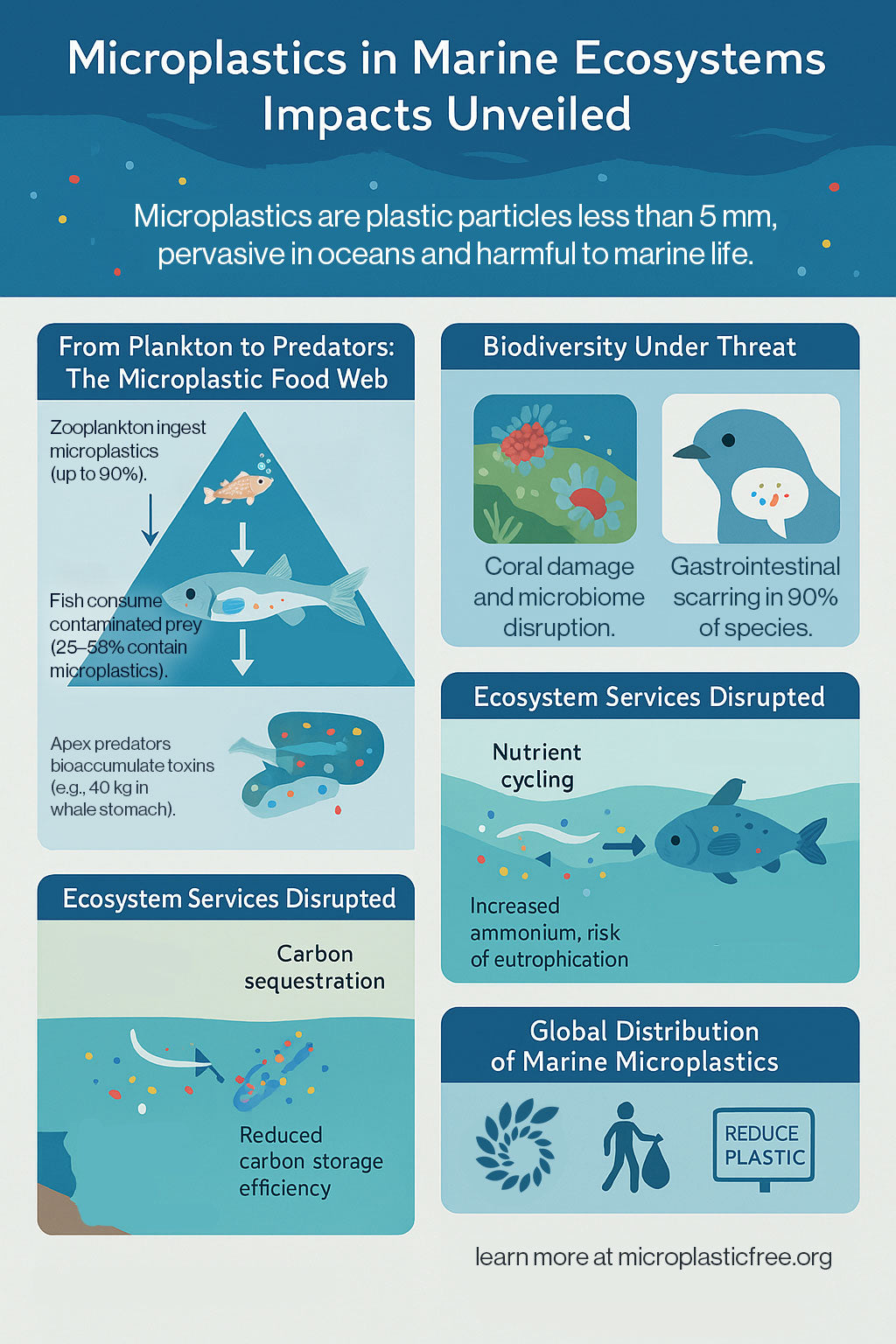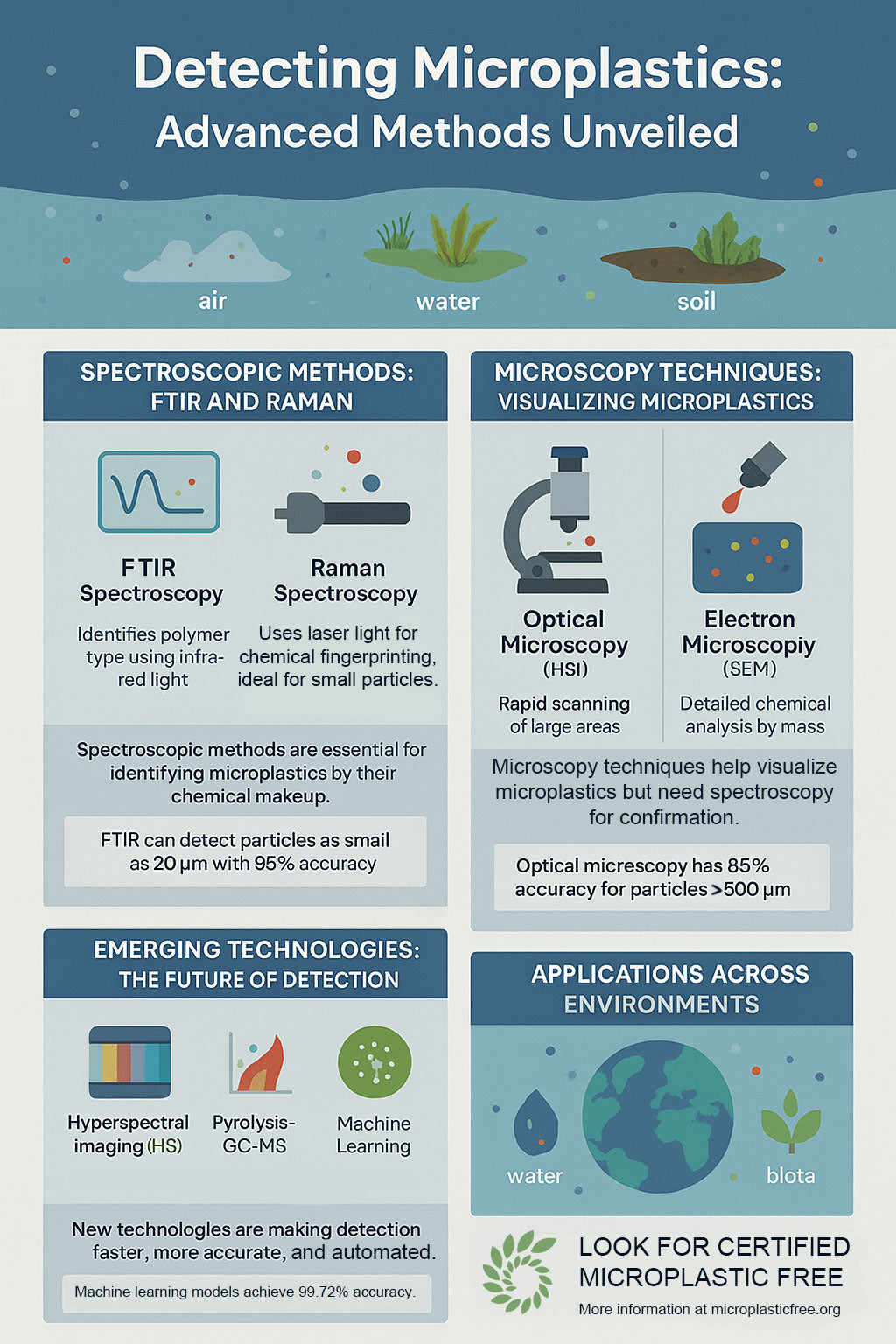Introduction
Microplastics—plastic particles smaller than 5 mm, as defined by the U.S. National Oceanic and Atmospheric Administration (NOAA)—are pervasive environmental pollutants stemming from degraded plastic waste, industrial processes, and products like cosmetics containing microbeads. These particles infiltrate human environments, raising significant concerns about their impact on health. Humans encounter microplastics through ingestion (via food and water), inhalation (via air), and, to a lesser extent, dermal contact. This article delves into the primary exposure pathways—food, water, and air—and examines the health consequences, including cellular damage and chemical leaching of toxic additives. Grounded in peer-reviewed research, it also explores current toxicological findings and highlights areas needing further study.
Exposure Pathways: How Microplastics Enter the Human Body
Microplastics enter the human body through multiple channels, contributing to a cumulative daily exposure. Below, we detail the three dominant pathways: food, water, and air.
Food
Food is a major conduit for microplastic ingestion, with contamination widespread across various products. Seafood, in particular, is heavily affected due to bioaccumulation in marine life. A 2018 study found microplastics in 83% of fish sampled from the North Pacific, with concentrations averaging 1.9 particles per fish (Lusher et al., 2018). Beyond seafood, microplastics have been detected in sea salt (0–10 particles/kg, with higher levels in marine-derived varieties; Karami et al., 2017), honey, and beer. A comprehensive analysis estimates that humans ingest between 39,000 and 52,000 microplastic particles annually through food and water combined (Cox et al., 2019).
Water
Drinking water, whether from taps or bottles, is another significant exposure route. The World Health Organization reported microplastics in 83% of global tap water samples, with concentrations ranging from 0 to 61 particles per liter (WHO, 2019). Bottled water fares worse, with studies detecting up to 325 particles per liter in some brands, attributed to plastic packaging degradation (Mason et al., 2018). Wastewater treatment plants, unable to fully filter microplastics, further contribute to contamination in water systems.
Air
Inhalation of airborne microplastics is increasingly recognized as a critical exposure pathway, especially indoors. Sources include synthetic textiles, carpets, and household dust. Research estimates that individuals inhale 26,000 to 70,000 microplastic particles annually indoors, predominantly fibers from textile shedding (Dris et al., 2017). Outdoor air in urban areas also contains microplastics, with concentrations ranging from 1 to 60 particles per cubic meter, exacerbating exposure in densely populated regions.
Health Consequences: Cellular and Chemical Effects
Microplastic exposure poses health risks through physical interactions with cells and the release of toxic chemicals, both of which are detailed below.
Cellular Impacts
Microplastics can cause physical damage at the cellular level, triggering cytotoxicity, inflammation, and oxidative stress. In vitro studies demonstrate that microplastics induce reactive oxygen species (ROS) production, leading to cellular damage in human lung and intestinal cell lines (Schirinzi et al., 2017). In animal models, such as mice, microplastic ingestion results in liver inflammation and gut microbiome disruptions, with increased inflammatory markers and altered microbial diversity (Deng et al., 2017). Nanoplastics (particles <1 μm) are particularly concerning, as their small size allows them to penetrate cell membranes and potentially accumulate in organs like the liver and brain (Yong et al., 2020).
Chemical Leaching
Microplastics often contain additives like bisphenol A (BPA) and phthalates, which can leach into the body. BPA, an endocrine disruptor, is linked to reproductive and developmental issues, while phthalates are associated with hormonal imbalances and potential carcinogenic effects (Rochman et al., 2013). Additionally, microplastics act as vectors for environmental pollutants, such as heavy metals and persistent organic pollutants (POPs) like polychlorinated biphenyls (PCBs) and DDT, which can desorb in biological systems, heightening toxin exposure (Walkinshaw et al., 2020). These chemicals may contribute to metabolic disorders and increased cancer risk.
Toxicological Research: What We Know and What We Don’t
Research on microplastic toxicology includes in vitro experiments, animal studies, and emerging human data, revealing both risks and uncertainties.
- In Vitro Studies: Exposure to polystyrene microplastics induces apoptosis and necrosis in human cell lines, particularly lung epithelial cells, due to oxidative stress (Schirinzi et al., 2017).
- Animal Models: Mice exposed to microplastics show liver inflammation and gut microbiota changes, with elevated inflammatory cytokines (Deng et al., 2017).
- Human Studies: Microplastics have been detected in human blood (Leslie et al., 2022) and stool (Schwabl et al., 2019), confirming systemic exposure and ingestion across populations.
While these studies suggest links to inflammation, oxidative stress, and endocrine disruption, long-term human health impacts remain unclear. The WHO emphasizes the need for longitudinal studies to assess chronic exposure and standardize risk assessment methods (WHO, 2019).
Summary Table: Exposure and Health Risks
| Exposure Pathway | Key Sources | Annual Exposure Estimate | Health Risks |
|---|---|---|---|
| Food | Seafood, salt, honey, beer | 39,000–52,000 particles | Inflammation, oxidative stress |
| Water | Tap water, bottled water | 0–61 particles/L (tap), up to 325/L (bottled) | Endocrine disruption, toxin exposure |
| Air | Indoor dust, outdoor air | 26,000–70,000 particles inhaled | Respiratory irritation, cellular damage |
Conclusion
Microplastics pervade human environments through food, water, and air, resulting in substantial ingestion and inhalation. Health risks include cellular damage (e.g., inflammation, oxidative stress) and chemical effects (e.g., endocrine disruption from leached toxins), though definitive human evidence is still emerging. Addressing this issue demands expanded research, regulatory measures to curb plastic pollution, and public education to reduce exposure. As microplastics continue to accumulate globally, understanding and mitigating their health impacts remains a critical priority.
References
- NOAA: Microplastics Overview
- Lusher et al., 2018. "Microplastics in Fish"
- Karami et al., 2017. "Microplastics in Sea Salt"
- Cox et al., 2019. "Microplastics Ingestion Estimate"
- WHO, 2019. "Microplastics in Drinking Water"
- Mason et al., 2018. "Microplastics in Bottled Water"
- Dris et al., 2017. "Airborne Microplastics"
- Schirinzi et al., 2017. "Cellular Effects"
- Deng et al., 2017. "Microplastics in Mice"
- Leslie et al., 2022. "Microplastics in Blood"
- Schwabl et al., 2019. "Microplastics in Stool"
- Rochman et al., 2013. "Pollutant Vectors"
- Walkinshaw et al., 2020. "Endocrine Disruption"
- Yong et al., 2020. "Nanoplastics Uptake"



Leave a comment
This site is protected by hCaptcha and the hCaptcha Privacy Policy and Terms of Service apply.